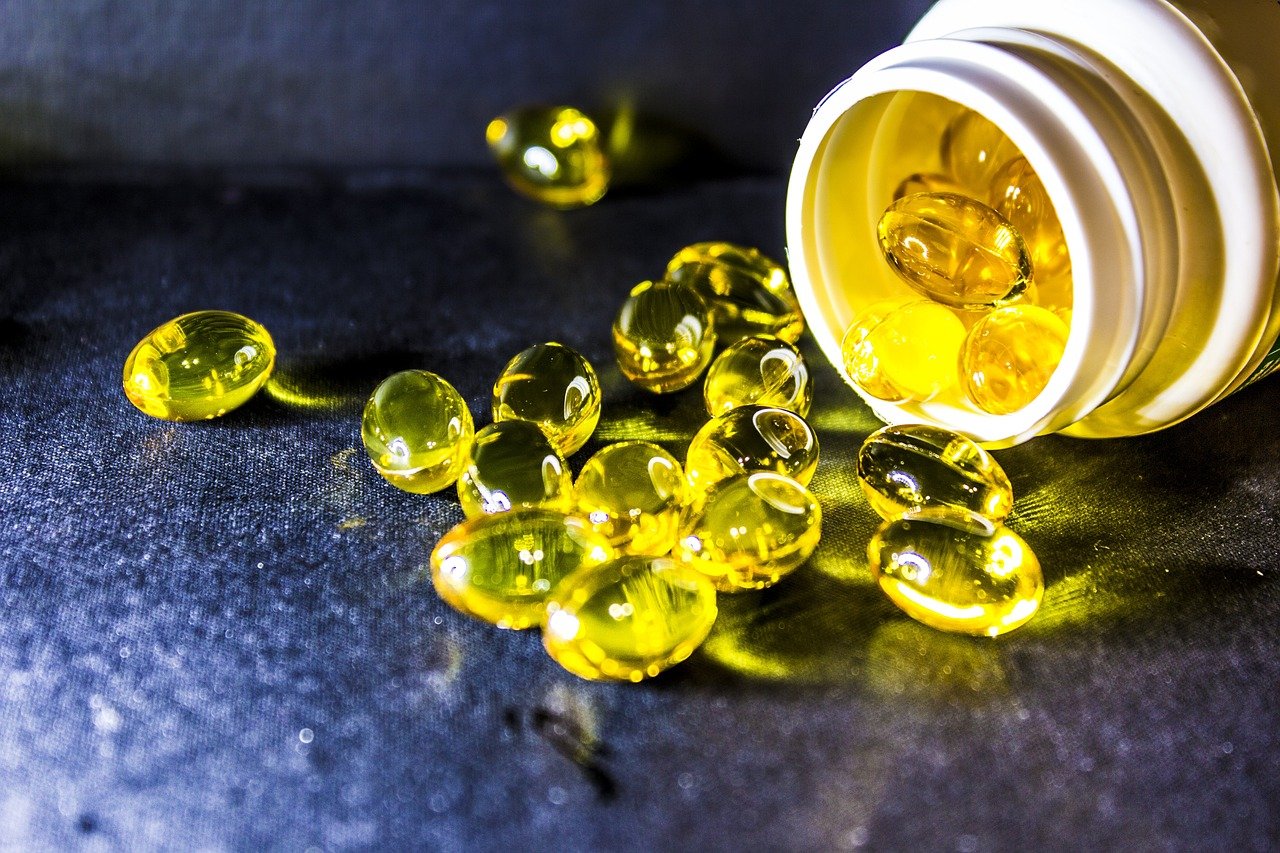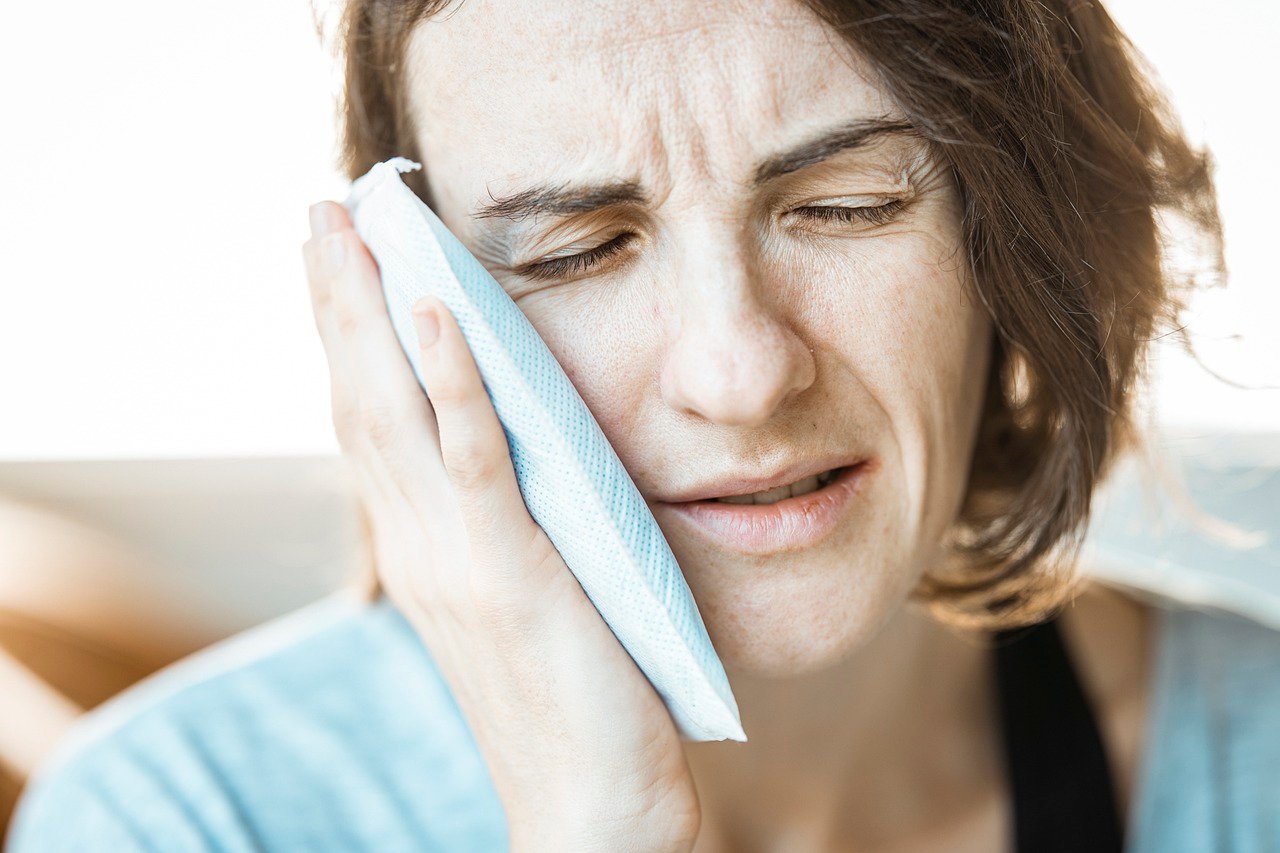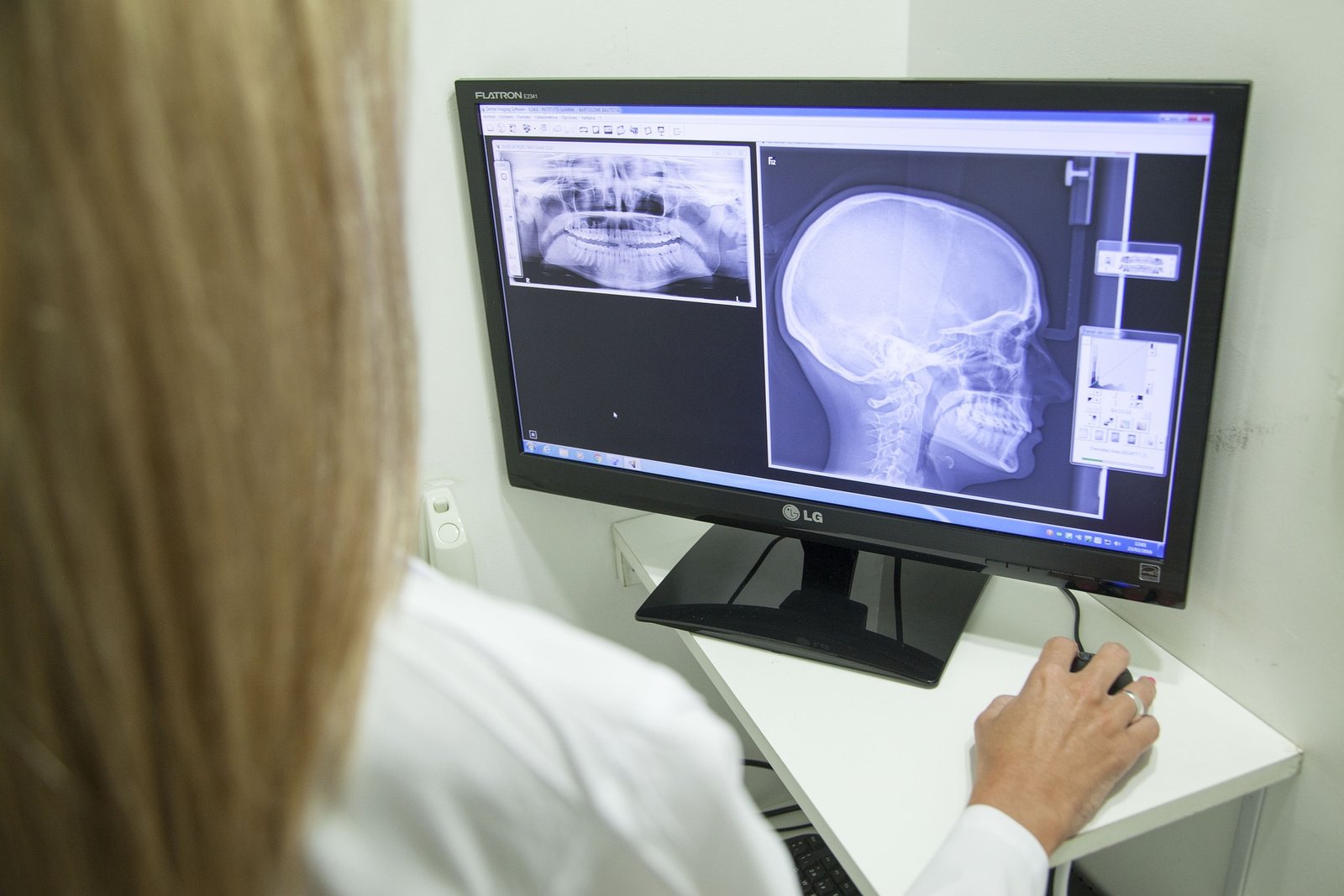COVID 19 or Coronavirus disease 2019 had been declared a global pandemic by World Health Organization (WHO) in March 2020 after the disease had hydra headedly spread to most parts of the world including Japan, Korea, Iran, European countries, USA, India and others. Coronavirus is a positive sense single stranded RNA virus and thus has an inherent quality of changing its nature or strain, making it difficult for the scientific and medical community to decode it. These viruses show symptoms of common cold with infections of the upper respiratory tract. The three specific strains of these viruses that are lethal to human beings and are zoonotic in origin include severe acute respiratory syndrome coronavirus (SARS-CoV), Middle East Respiratory syndrome coronavirus (MERS- CoV), and 2019 novel-coronavirus (2019-n-CoV).
It has almost been a year since the world is struggling with this unseen enemy of human life. With time, as we have observed the pattern of diseases caused by the virus, there are many systemic and oral changes observed in the patients who are suffering or has recovered from this deadly viral disease. As coronavirus primarily replicates in and affects the upper respiratory tract, hence the major changes are being observed in and around mouth and nose of the patients, making it a major challenge for dental and otolaryngologist community. Some of the major changes seen in mouth of a patient suffering or recovered from COVID 19 are discussed below:
- Gingival and periodontal inflammation (Swelling of Gums): There has been seen an elevated levels of cytokines and interleukins caused by the virus which is found to be responsible for inflammation of the gingival tissue or the gums. The patient suffers from increased swelling of the gums and bleeding from them even on mild provocation. Immune dysregulation leading to cytokine storm has been linked with severity of the COVID 19 disease. The levels of interleukin 6 (IL-6) has been majorly increased during cytokine storm of coronavirus infection. IL-6 is also majorly responsible for periodontal infection. Hence, Periodontitis (inflammation of gums) is found to be a major contributing factor towards severity of infection from COVID 19.
- Oral Ulcers: The coronavirus gains entry into blood vessels through endothelial cells and causes a state of oxygen stress inside in the blood vessels. The absence of oxygen supply leads to the damage of blood vessels and leads to the formation of multiple oral ulcers. As the viral load further increases the inflammatory markers, the severity and number of ulcers in the mouth further increases.
- Fungal infection: Fungal infection is explained as an opportunistic infection. The cytokine storm with an increase in IL-6 leads to the hindered oxygen supply in the tissues. In the absence of oxygen supply, the necrosis or the death of the tissues starts. As the coronavirus affects the upper respiratory tract and the surrounding structures, it is seen that the maxilla or the upper jaw bone shows of the signs of necrosis of the tissues. Initially, it is presented as a brown to blackish ulcer with some blackish discharge from nose. In the later stages, it can even perforate the bone leading to a more devastating infection. Such kind of deep fungal infection is termed as Mucormycosis, which is now commonly seen in patients suffering from coronavirus.
- Angular cheilitis: Long term use of masks covering face and nose leads to the collection or pooling of saliva near the corners of lips. The build up of micro-organisms in that area causes cracking and fissuring of corners of lips termed as angular cheilitis.
- Xerostomia ( dry mouth): As the coronavirus is an air-borne infection, the people are forced to use the mask covering their face and nose. ‘Mask Mouth’ is where people develop some symptoms which is secondary to long term use of mask by them. At time, it is seen that people forget or avoid drinking water so that they don’t have to remove the mask. This leads to dessication of the oral tissues and people start developing the signs and symptoms secondary to the dry mouth condition like dental caries, oral malodor, gum infection, fungal, bacterial and viral infection to name a few.
- Cracked tooth: The pandemic has a direct or indirect negative psychological impact on the lives of people throwing them in a state of stress. People are locked in the vicinity of their houses and have started Work-from-Home. It has been experienced that the incidences of grinding and clenching the teeth has been increased lately. Because of this, the dental community is seeing a tremendous increase in patients with fractured or cracked tooth.
- Loss of taste: It has been suggested as one of the early indicators of COVID 19 infection. The virus is found to affect the function of the cranial nerves responsible for taste sensation that includes 1, 7, 9 and 10 with their supporting neurovascular bundles.
Diagnosis: WHO recommends rapid collection for outpatients and nucleic acid amplification testing (NAAT) for the patients with critical conditions. The samples are taken from respiratory epithelium including nasopharyngeal and oropharyngeal swabs as well as sputum and/or endotracheal aspirate or bronchoalveolar lavage.
Management: Managing the patient confirmed with COVID 19 disease is a challenge for dental professionals. Optimal medical and dental care has to be provided to the patients in accordance with the CDC and ADA guidelines.
Two main routes of transmission of the virus are:
- Direct transmission such as through sneezing
- Contact transmission
In dental settings, the operator is much vulnerable to coronavirus infection through the contact of oral mucosa and respiratory droplets.11 Virus transmission can also occur through fomites.
Infection control: Utmost importance to hand hygiene before, during and after dental procedures should be given as feco-oral route is the mode of transmission. Personal protective instruments including face covers/masks, gowns, goggles, helmets, head caps, gloves, face shields, face covers should be used. Dentists should not touch their own facial mucosa including eyes, mouth, nose after treating even the suspected cases of COVID 19. The patient should be immediately transferred to the medical settings if found unmanageable.
Mouth rinses: The use of chlorhexidine mouthwash is yet not identified in COVID 19 patients. But, mouth rinses with oxidative agents like 1% hydrogen peroxide or 0.2% povidine-iodine are recommended.
Rubber dam isolation: It helps in creating a barrier and thus reduces the droplets and aerosols generation mixed with patient’s saliva and blood. Extra high volume suction will add an advantage to this.
Anti-retraction handpieces: Any dental handpiece without anti-retraction mechanism should be avoided during the pandemic situation.
Disinfection: proper disinfection of the procedural, waiting and other area in a dental should be done regularly with alcohol based sanitizers or fumigating in the clinic.
Conclusion: The role of dentists is of paramount importance in the pandemic situation. Identifying the inaugural symptoms of the disease in the oral cavity and taking protective and good care the patient as well as self, dentists can be proved helpful in the situation.







